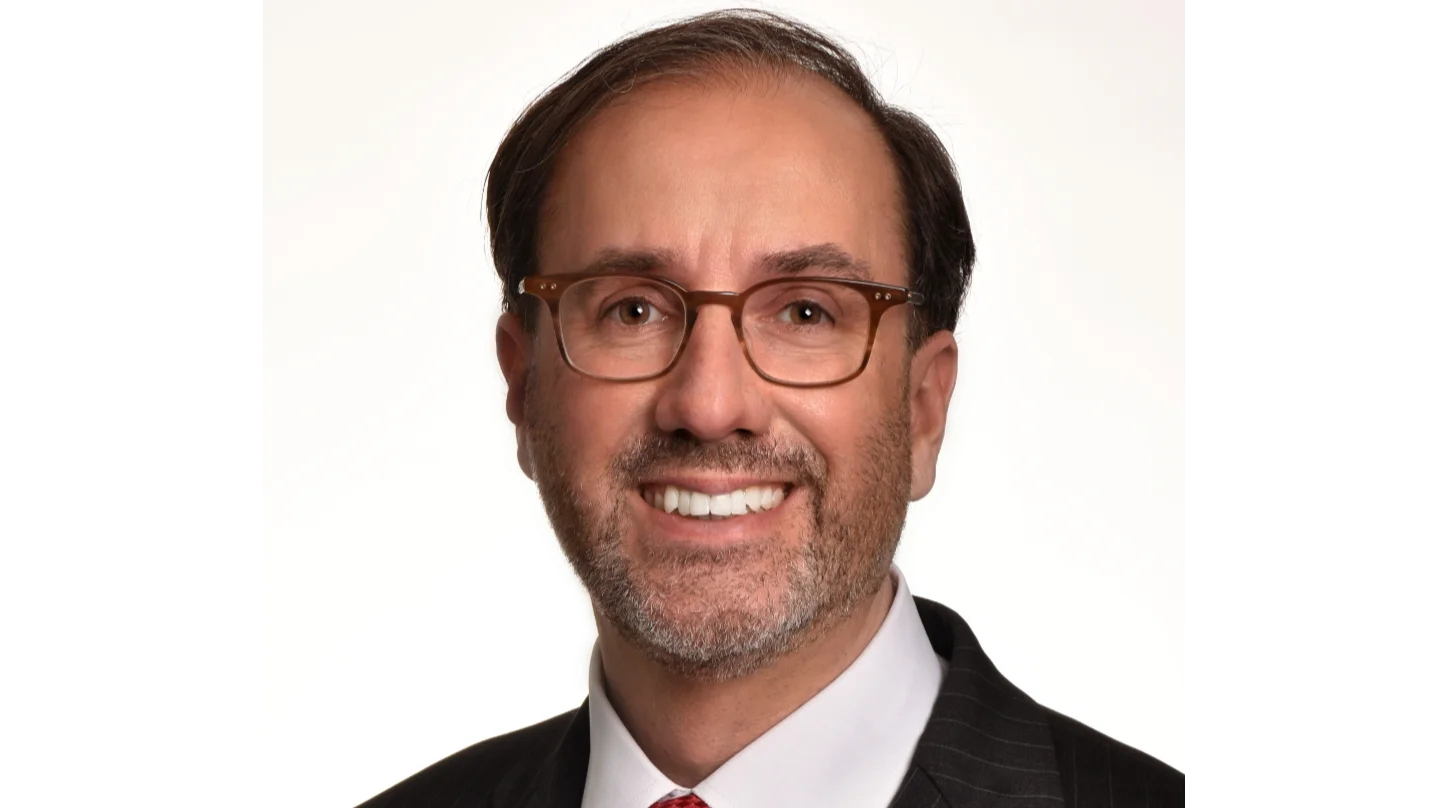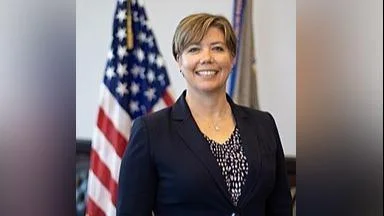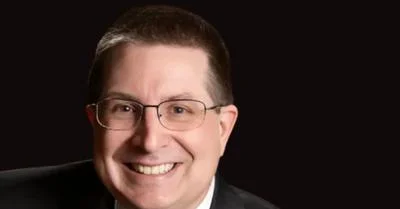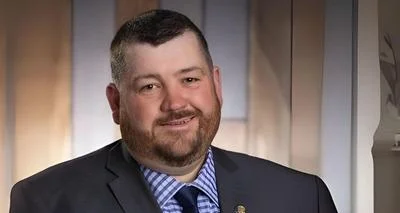Robert Alt President and Chief Executive Officer | The Buckeye Institute, OH
Robert Alt President and Chief Executive Officer | The Buckeye Institute, OH
Columbus, OH – On Wednesday, The Buckeye Institute presented testimony before the Joint Committee on Property Tax Review and Reform, offering several recommendations aimed at alleviating the property tax burden on Ohio residents.
Greg R. Lawson, a research fellow at The Buckeye Institute, highlighted that Ohio's extensive local government structure includes 924 cities and villages, 1,308 townships, over 600 school districts, 88 counties, and numerous special taxing districts. According to Lawson, this "over-supply of local government" has contributed to Ohio having the 12th highest local tax burden as a percentage of income in the United States.
Lawson proposed several policy changes to streamline local government operations:
- Require county commissioner approval before placing levies on ballots.
- Expand House Bill 331 to facilitate the dissolution of underperforming villages.
- Limit local property tax breaks for developers and special interests.
He also reiterated previous recommendations from The Buckeye Institute for streamlining local government:
- Eliminate unfunded mandates on local governments.
- Allocate state resources for specific critical needs such as public safety and core infrastructure.
- Share state revenues with communities in dire need.
- Incentivize resource sharing or consolidation among local governments.
- Increase spending transparency to enhance accountability.
In his prepared remarks, Lawson emphasized the need for reform: “Local officials are friends, neighbors, and respected community members... but if the state does not begin to untie the Gordian Knot of Ohio’s local government structure, then Committee recommendations and General Assembly bills will remain unable to solve the perennial problem.”
He argued that modern technologies have reduced the necessity for such a dense network of governing bodies. "Maintaining this abundant multi-layered structure has saddled Ohio with the 12th highest local tax burden as a percentage of income in the country," Lawson stated.
Lawson called for empowering county commissioners by requiring their approval before any new levies are placed on ballots. He also advocated expanding House Bill 331 to allow automatic assessments of village performance based on core services provided and election participation. Additionally, he suggested limiting property tax breaks that favor developers over families and small businesses.
Other key recommendations included eliminating unfunded mandates imposed by the state on local governments. “State policymakers must be more circumspect about local finance when asking or requiring local governments to do the state’s bidding,” Lawson said.
Furthermore, he recommended targeted spending of state resources on specific needs like infrastructure and emergencies rather than general funds distribution. He also urged revenue sharing with communities genuinely in need while encouraging efficient use of resources through cooperation among neighboring communities.
To improve accountability, Lawson stressed enhancing spending transparency tools like Ohio Checkbook and Franklin County Levy Estimator which help taxpayers understand how their money is being used.
In conclusion, Lawson underscored that significant reforms are necessary: “Overcoming two hundred years of inertia to untie the tangled knot of Ohio’s local government structure will not be easy. But it must be done.”






 Alerts Sign-up
Alerts Sign-up